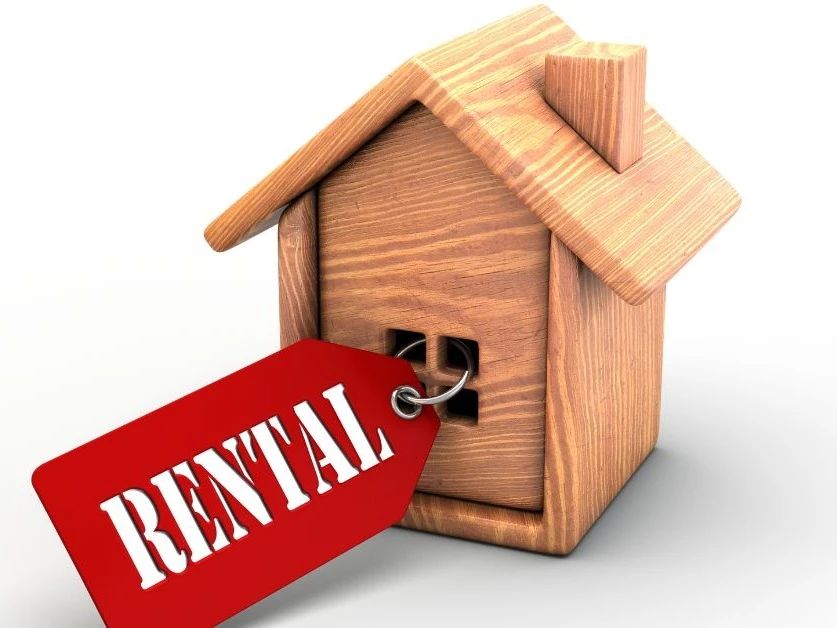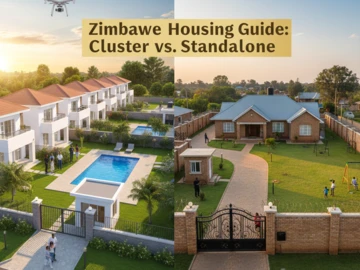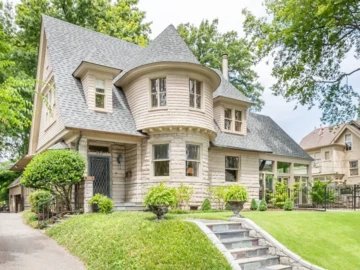Investing in rental property remains one of the most reliable ways to build wealth. But for many investors, the big question is: should you buy in high-demand urban areas or explore the growing peri-urban market? Both offer profitable rental opportunities, but they differ in terms of risk, return, and long-term growth.
This article compares urban vs. peri-urban rental investments with statistics, real-life examples, and market insights to help you make an informed decision.
What Are Urban and Peri-Urban Areas?
- Urban areas: Central city locations such as Harare CBD, Borrowdale, or Avondale. These areas are typically well-developed, with higher population density, established infrastructure, and access to amenities.
- Peri-urban areas: Outskirts of cities such as Ruwa, Norton, and Domboshava. These are transitional zones between rural and urban areas, offering larger land parcels and lower costs, but with growing infrastructure development.
Rental Demand and Market Trends
Urban Areas
- High demand: In Zimbabwe’s capital, Harare, urban rentals account for more than 70% of all rental listings on property.co.zw (2025 data).
- Premium pricing: Average rentals for a 2-bedroom apartment in areas like Avondale range from US$500–$700 per month, driven by proximity to schools, offices, and malls.
- Consistent occupancy: Vacancy rates remain low (often below 10% in prime suburbs) due to strong tenant demand.
Example: A 3-bedroom townhouse in Borrowdale was recently rented out within 7 days of listing at US$1,200/month, highlighting the competitive rental market in established urban suburbs.
Peri-Urban Areas
- Rising interest: Listings in Ruwa and Norton have grown by 20% year-on-year on property.co.zw, reflecting a shift as families and young professionals look for affordability.
- Lower rental costs: A 3-bedroom house in Norton typically rents for US$200–$350/month, offering affordability to tenants priced out of the city.
- Growth potential: Infrastructure developments such as new highways and shopping centres are increasing the attractiveness of peri-urban zones.
Example: A cluster housing development in Ruwa achieved 85% occupancy within 3 months of completion, with rental yields averaging 9–10%, higher than many urban rentals.
Comparing Profitability: Urban vs. Peri-Urban
|
Factor |
Urban Rentals |
Peri-Urban Rentals |
|
Rental Yield |
6–8% (stable) |
8–12% (higher risk, higher return) |
|
Tenant Demand |
Strong, consistent |
Growing, price-sensitive |
|
Capital Appreciation |
High but expensive entry costs |
Moderate, with strong future growth potential |
|
Vacancy Risk |
Low |
Moderate (depends on infrastructure) |
|
Affordability for Investors |
High upfront costs (US$150k–$300k for townhouses) |
Lower costs (US$50k–$100k for houses/stands) |
Key Insights for Investors
- Urban rentals are best for investors seeking stable income and lower risk. Properties in areas like Borrowdale, Avondale, and Mount Pleasant deliver consistent returns and strong tenant demand.
- Peri-urban rentals appeal to investors looking for affordability and higher yields. With developments in areas like Ruwa and Norton, returns can be more attractive, though risks (vacancies, slower infrastructure) are higher.
- Hybrid strategies are emerging: some investors own in both markets, balancing the stability of urban rentals with the growth potential of peri-urban properties.
Conclusion: Where Should You Invest?
If you want security and steady demand, urban rentals in Harare’s established suburbs are the clear winner. However, if your goal is long-term growth and higher yields at lower entry costs, peri-urban areas offer some of the most profitable rental opportunities in Zimbabwe today.
The smartest investors are increasingly blending both strategies anchoring their portfolio with an urban rental while adding peri-urban properties for growth potential.
Frequently Asked Questions (FAQs)
- Is it better to invest in urban or peri-urban rentals in Zimbabwe?
Urban rentals are safer with steady demand and lower vacancy risks, while peri-urban rentals offer higher yields and affordable entry costs. The choice depends on your investment goals. - What is the average rental yield in Zimbabwe?
Urban rentals typically yield 6–8%, while peri-urban areas can deliver 8–12% depending on infrastructure development and tenant demand. - Are peri-urban properties in places like Ruwa and Norton a good investment?
Yes. Ruwa and Norton are growing fast, with rental demand increasing by 20% year-on-year. These areas are attractive for tenants seeking affordability and space. - How much does it cost to invest in a rental property in Harare?
A townhouse in prime suburbs like Borrowdale or Mount Pleasant can cost between US$150,000–$300,000, while peri-urban homes may start at US$50,000–$100,000. - What are the risks of peri-urban rentals?
The main risks are higher vacancy rates and slower infrastructure growth compared to urban areas. However, new roads, schools, and shopping centres are improving their long-term potential.
 Continue with Facebook
Continue with Facebook
 Continue with Email
Continue with Email














